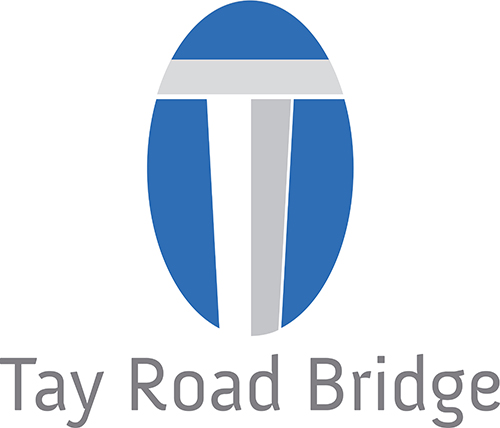What do you do to stop suicides?
The public will be aware that, from time to time, incidents involving people in distress unfortunately take place on the Tay Road Bridge.
Bridge management takes this issue extremely seriously, and a number of measures are in place to support vulnerable members of the public. Fortunately very few incidents end in tragedy, and most people in crisis are quickly and safely supported by the appropriate agencies.
However, every situation is different, and sometimes longer bridge closures are required to ensure that a vulnerable person gets the help they need.
We are, of course, conscious that closures also have an impact on bridge users and other traffic. This Q&A has been created to help broaden understanding of the issues involved and the work that the bridge team does with its partners to minimise disruption while providing support to people in distress.
We have a state-of-the-art CCTV system monitoring the bridge 24-hours-a-day, every single day of the year for the purposes of public safety. This allows our experienced Control Room Supervisors to monitor all bridge users and take appropriate action quickly.
Our staff are all trained to speak with vulnerable persons, and have undergone accredited Applied Suicide Intervention Skills Training (ASIST). This means our staff have the confidence to help those at risk whilst keeping all other bridge users safe.
We also have a direct line to the Police Scotland control room and work closely with other agencies, including all the emergency services, to attend quickly and safely to all emergencies on the bridge.
Why do you have to close both carriageways of the bridge during incidents involving vulnerable people?
There are a number of reasons for this. One of our primary concerns is ensuring the safety of both the person in distress and members of our staff or partner agencies, including emergency services, who are providing support to people on the bridge.
We also have to be aware of the potential for collisions should drivers be distracted by an ongoing incident. Another important consideration is road noise – we must ensure that a person in distress can hear, and be heard by, those providing support during what could be a life or death conversation.
Why don’t you put up barriers along the bridge?
We have looked into this, as we have with an exhaustive range of suicide prevention measures, but unfortunately the 1960s construction of the bridge means this is not practical.
The bridge deck cantilevers, while safely supporting the weight of traffic, would be unable to take the additional load of barriers, with the strain that the wind would create on them.
Couldn’t you put up a net at the edge of the bridge?
This has been thoroughly investigated, but unfortunately rescue of persons from a net would be very difficult and risky and it would likely have some structural implications on the safety of the bridge. It would likely be difficult to maintain the net safely, particularly in winter months and in high winds.
We continue to look at other locations for measures which are effective and could be adapted to the specific requirements of the Tay Road Bridge.
Why aren’t the walkway railings higher?
Unfortunately this would not be an effective deterrent. We are aware that not everyone who goes onto the bridge uses the central walkway as a point of access. Also, if we need to attend to a medical emergency with a pedestrian or cyclist on the walkway then access must be achievable by the Emergency Services.
Have you looked into signs with “inspirational messages”?
When signs on the bridge appear our staff must check them all to make sure that no one is put at increased risk by what any messages might say or how they might be interpreted. It is for this reason that we always ask that people don’t install any signs or messages. Signs can also pose a distraction or are at risk of being blown onto other bridge users which might cause an accident.
It would be beneficial for any group or individual interested in this type of project to do so through service user/support groups who are able to support this in the safest way. Dundee Voluntary Action and Dundee Association for Mental Health (DAMH) could help with this.
We already have fixed signage to signpost to The Samaritans for help, and we recognise that other agencies are also available to help in a crisis. The Samaritans in Dundee can be contacted on 01382 832555, or for free on 116 123. Breathing Space can be contacted on 0800 838587, or NHS 24 on 111.
What are the dimensions and capacity of the bridge's passenger lift?
The width of the door when open (and the lift inside) is 1.2m wide. The length of the lift internally is 2.5m. The weight capacity is 1500kg.
